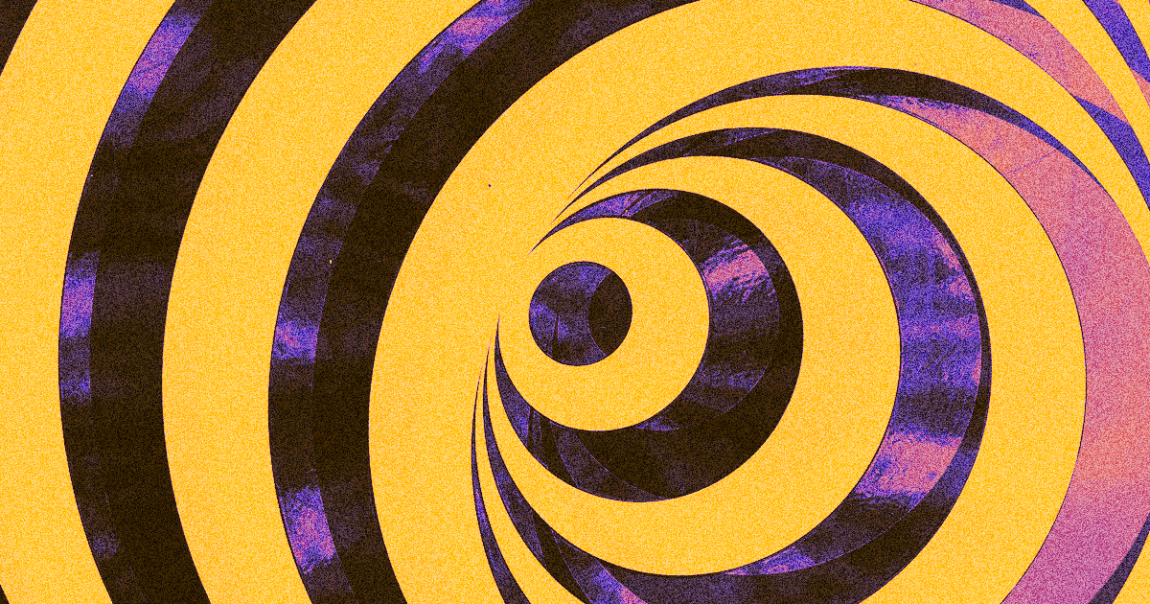
Bubble Bath
A mind-bending new paper suggests our entire Milky Way galaxy could be located inside an enormous bubble where matter is much less dense than everywhere else.
If research bears the theory out, it’d mean that our galactic neighborhood is very different from the rest of the universe — and it could potentially solve a huge problem looming over the astrophysics field.
Double Check
The theory — outlined by University of Geneva physicist Lucas Lombriser in the journal Physics Letters B — is an attempt to reconcile a serious issue in contemporary physics: the fact that physicists get two different answers depending on how they calculate the universe’s rate of expansion.
Basically, if they crunch numbers based on cosmic background radiation, they get a rate of expansion about 10 percent smaller than if they look at data from distant supernovas.
My Density
Lombriser’s solution is to propose that our entire galaxy, as well as several thousand of the closest ones, are located in a bubble where there’s simply less matter — stars, gas clouds, you name it — per unit of volume.
A bubble that’s 250 million light-years across, Lombriser says, and which contains about half the density of the rest of the universe, would reconcile the two rates of expansion.
Of course, this is just a theory. And Geneva’s exuberant press release title — “Solved: The mystery of the expansion of the universe” — could spark a fight with Lombriser’s peers.
Editor’s note 3/12/2020: This post incorrectly stated the width of Lombriser’s hypothetical bubble. It has been updated.
READ MORE: Solved: The mystery of the expansion of the universe [Phys.org]
More on the universe: New Hubble Data Breaks Scientists’ Understanding of the Universe